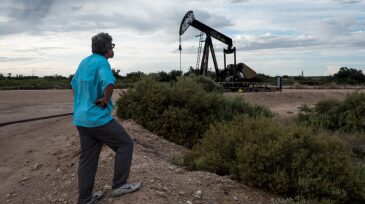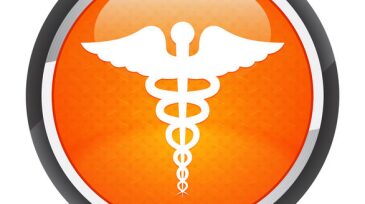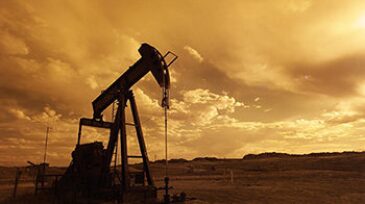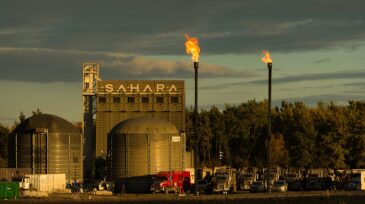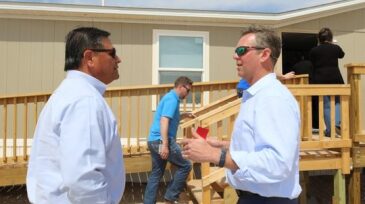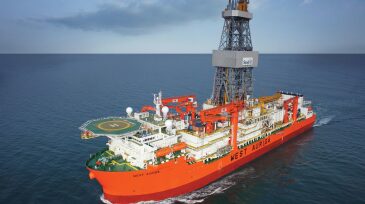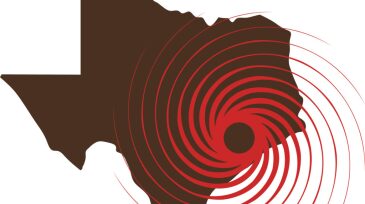Health
The National Institute for Occupational Safety and Health and its predecessor, the US Bureau of Mines, have significantly contributed to enhancing the safety of miners and to applying new technologies to the mining industry.
TechnipFMC diver Stuart Cowie shares his 17-year experience working as a saturation diver in the oil and gas industry and how to manage mental health and well-being during the often-isolating work demands.
This paper describes how a global energy technology company developed a mental health first aid program to provide workplace access to a trained mental health responder and how this initiative helps raise awareness of the importance of good mental health in the workplace.
-
Although OSHA does not have a specific standard that covers working in hot environments, the Occupational Safety and Health Act requires places of employment that are "free from recognizable hazards that are causing or likely to cause death or serious harm." This includes heat-related hazards.
-
Obstetrics are disappearing from rural counties across America, but not in the oil patch. In McKenzie County, North Dakota, Whiting Oil and Gas has donated to build a new wing of the McKenzie County Health Care Center devoted to labor and delivery.
-
Carlsbad, New Mexico, residents are experiencing health effects, but the science behind their woes lags behind the pace of drilling.
-
The National Institute for Occupational Safety and Health has developed an evidence-based method that uses the criteria of "burden," "need," and "impact" to identify research priorities.
-
An examination of studies on air pollutants associated with oil and gas extraction finds that measurements near operational sites have generally failed to mark levels above standard health benchmarks; yet, many studies find poor health outcomes increasing as distance from these operations decreases.
-
In both developed and developing countries, noise is regarded as the most common occupational hazard in various industries. The present study aimed to examine the effect of sound pressure level on serum cortisol concentration in three different times during the night shift.
-
"I have some patients whose symptoms I can’t explain," physician Ulrike Meyer said, describing nosebleeds, rare cancers, and respiratory illness among a dearth of data.
-
A partnership between ConocoPhillips, Marathon Oil, and XTO Energy has resulted in the opening of a new clinic catering to the safety and health of oil and gas employees in Carlsbad, New Mexico.
-
Seadrill has announced implementation throughout its fleet of a health program designed for employees before they leave for work on one of the company’s rigs.
-
Organizational resilience is an enterprise’s capability to respond rapidly to unforeseen challenges, even chaotic disruption. It is the ability to bounce back with speed and effectiveness. This paper describes how inherent and adaptive resilience were addressed in the response to Hurricane Harvey.






